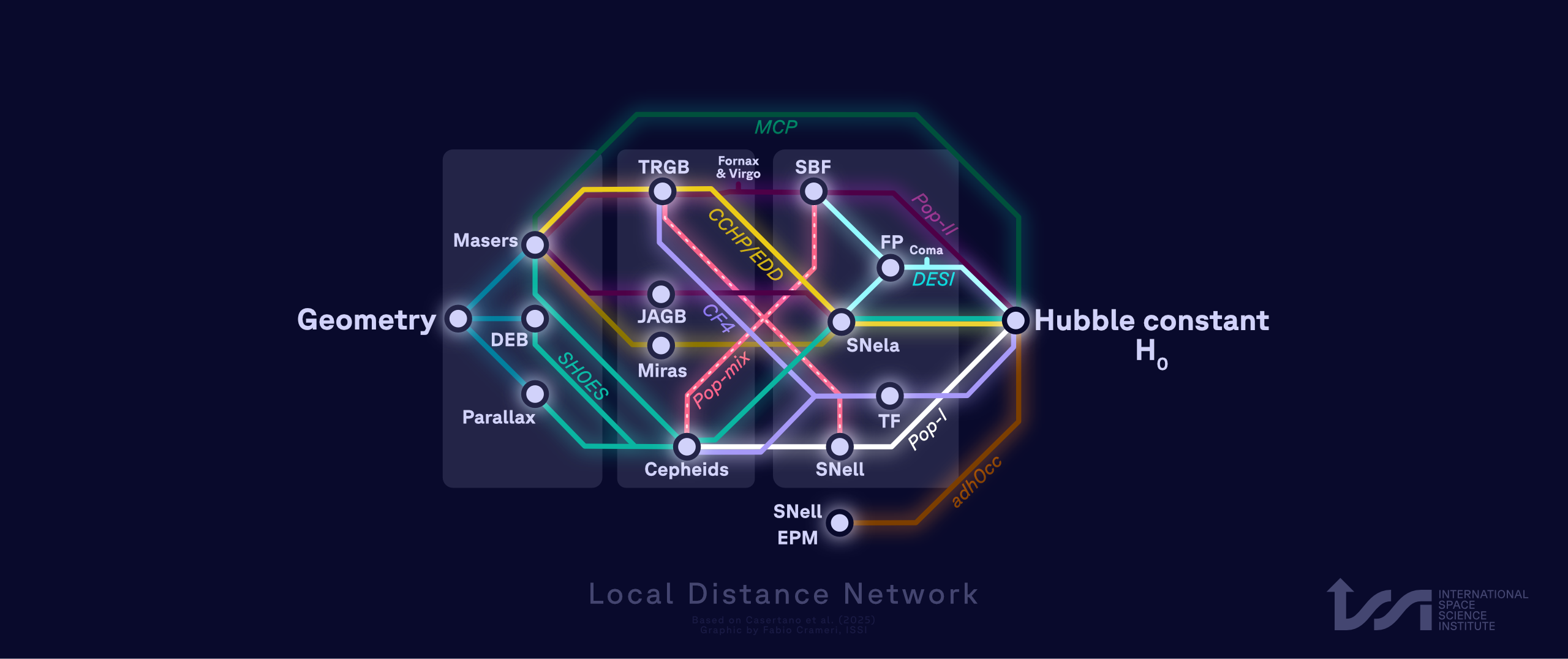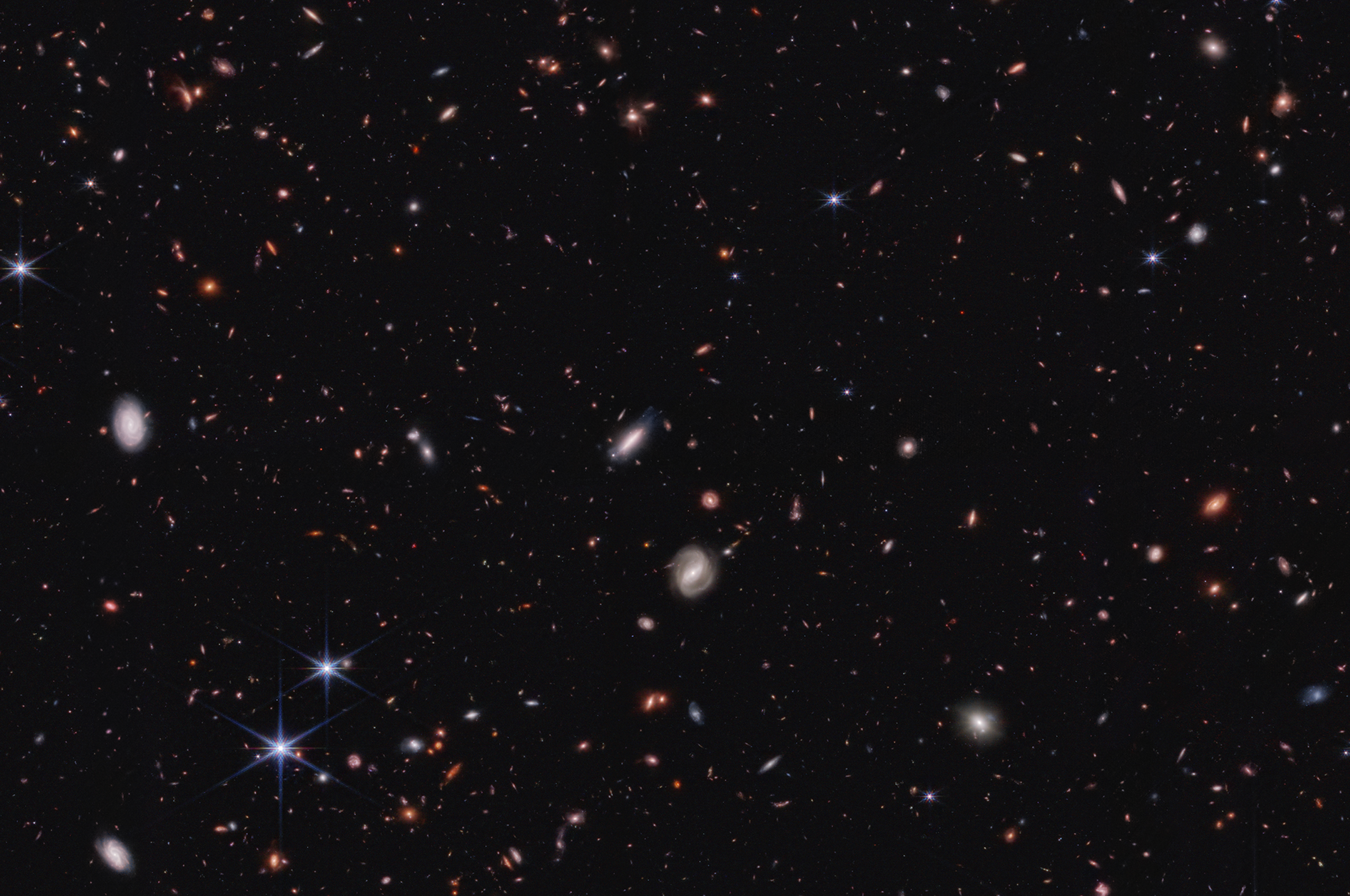
The Hubble constant is widely acknowledged as a key test of our understanding of cosmology and the history of the Universe: its locally measured value differs from prevailing cosmological predictions with very high significance. The participants in a weeklong ISSI workshop in March have developed a new formalism, the Distance Network, to enable a rigorous analysis of a large, diverse set of distance measurements, yielding a more precise and robust value of the Hubble constant – and strengthening the discrepancy with cosmological predictions. The Distance Network formalism will be made publicly available and has the capability to incorporate future measurements as they become available.
Stefano Casertano is an Observatory Scientist at the Space Telescope Science Institute in Baltimore. He is an expert in distance scale and microlensing, as well as in space-based instrumentation and observations. He received his postgraduate degree from the Scuola Normale Superiore in Pisa.
Richard I. Anderson is an assistant professor at EPFL in Switzerland and PI of the ERC Starting Grant H1PStars. He is a leading expert in the astrophysics and distance applications of stellar standard candles. Prior to his current position, he obtained a PhD in Astrophysics from the University of Geneva and won two postdoctoral fellowships at Johns Hopkins University and the European Southern Observatory.
Eleonora Di Valentino is a Royal Society Dorothy Hodgkin Senior Research Fellow at the University of Sheffield specializing in cosmological tensions and the Hubble constant. She received her PhD from the University of Rome La Sapienza and previously held positions at the Institut d’Astrophysique de Paris (Lagrange Fellow), the University of Manchester (Postdoctoral Researcher), and Durham University’s Institute of Advanced Study (Addison-Wheeler Fellow).
Adam Riess is the Bloomberg Distinguished Professor at Johns Hopkins University and the Space Telescope Science Institute. He is known for his research in using supernovae as cosmological probes. Riess shared both the 2006 Shaw Prize in Astronomy and the 2011 Nobel Prize in Physics with Saul Perlmutter and Brian Schmidt for providing evidence that the expansion of the universe is accelerating.
Licia Verde, ICREA professor at Instituto de Ciencias del Cosmos, Universitat de Barcelona (ICCUB) where she leads the Cosmology & Large-Scale Structures research group. She is scientific director of the ICCUB and scientific director of JCAP. Her research focuses on the large-scale structure of the universe, the cosmic microwave background, galaxy surveys and statistical tools to analyse and interpret cosmological data.
